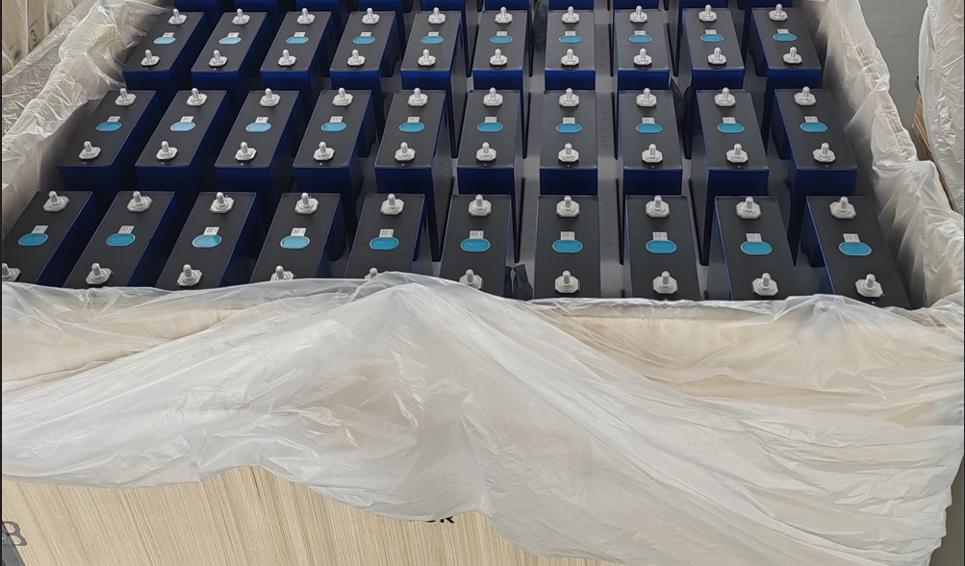
Lithium-ion batteries are vital for powering critical industrial applications, offering reliability and high efficiency. As of 2023, they hold a dominant 50.73% share in the medical battery market and are projected to grow at a compound annual growth rate (CAGR) of 6.48% from 2024 to 2032. Their high energy density and long cycle life make them indispensable for robotics, instrumentation devices, and portable medical systems. However, gradual degradation issues—such as capacity fade and increased internal resistance—can disrupt operations and escalate costs. Understanding the drivers of battery degradation is essential for maintaining performance and minimizing expenses.
-Maintain lithium-ion batteries within a 20%–80% charge range to extend lifespan and optimize performance.
-Store batteries at ~50% charge in cool, dry environments to minimize damage.
-Implement Battery Management Systems (BMS) to monitor health metrics like State of Health (SOH) and internal resistance.
1.1 Chemical Wear and Aging
Chemical reactions within lithium-ion batteries lead to the formation of a solid electrolyte interphase (SEI) layer on the anode. While initially stabilizing the battery,continuous SEI growth consumes lithium ions, reducing capacity. Lithium plating—a phenomenon where lithium deposits form on the anode under high charging rates or low temperatures—further accelerates degradation.
A study analyzing over 3 billion data points from 228 commercial NMC/C-SiO lithium-ion cells quantified the impact of temperature, state of charge (SoC), and charging rates on capacity fade and impedance growth. These findings emphasize the need for optimized operational strategies to mitigate chemical wear.
Evidence Type | Description |
Dataset Size | 3+ billion data points from 228 commercial NMC/C-SiO cells |
Measurement Focus | Capacity fade and impedance growth |
Aging Mechanisms | Calendar aging (SEI growth) and cyclic aging (lithium plating) |
Operating Conditions | Temperature, charging rate, SoC |
Application | Degradation modeling, operational optimization, and algorithm testing |
1.2 Cyclic Degradation from Charging/Discharging
Repeated cycling causes mechanical stress and structural changes in electrodes, leading to active material loss and reduced lithium inventory. Physics-based models predict remaining useful life (RUL) and link degradation modes (e.g., loss of lithium inventory, LLI) to performance declines.
Key Insights:
-Physics-based models identify degradation mechanisms and optimize operational conditions.
-Degradation mode analysis connects LLI and electrode material loss to capacity fade.
1.3 Calendar Aging: Time-Driven Degradation
Even unused batteries degrade over time due to SEI growth and electrolyte decomposition. Calendar aging is influenced by temperature, SoC, and storage conditions. Studies by Naumann et al. (2020) and Schmalstieg et al. (2014) highlight the importance of proper storage to mitigate time-related capacity loss.
Study | Findings |
Naumann et al. (2020) | Analyzed cycle aging in LiFePO4/graphite cells |
Schmalstieg et al. (2014) | Developed holistic aging models for NMC batteries |
Ecker et al. (2012) | Predicted lifetime using accelerated aging tests |
1.4 Environmental Factors: Temperature, Humidity, and Storage
High temperatures (>45℃) accelerate degradation and risk thermal runaway, while low temperatures reduce ion mobility, increasing resistance. Humidity corrodes components, and improper storage (e.g., full charge) exacerbates aging. Optimal storage conditions include 15℃–25℃ and ~50% charge.
Recommendations:
-Operate batteries at 20℃–25℃ (68℉–77℉).
-Avoid charging above 45℃ or exposing to extreme temperatures.
2.1 Capacity Fade: Declining Energy Storage
Capacity fade—reduced energy storage over cycles—results from lithium ion and electrode material loss. For example, a battery may retain only 80% of its original capacity after hundreds of cycles. Regular capacity monitoring is critical for industrial applications to avoid operational disruptions.
2.2 Increased Internal Resistance
Aging batteries exhibit higher internal resistance, reducing power delivery efficiency. This leads to slower charging, overheating, and performance drops in high-demand systems like EVs. Tracking resistance trends helps implement thermal management strategies.
2.3 State of Health (SOH) Monitoring
SOH metrics assess a battery’s performance relative to its original specifications. Monitoring methods include:
-Direct measurements: Capacity and resistance tests.
-Model-based approaches: Electrochemical models.
-Data-driven analysis: Historical performance trends.
Accurate SOH tracking ensures reliability and reduces downtime in industrial systems.
3.1 Optimal Charging Practices
-Charge range: Keep batteries between 20%–80% to minimize electrode stress.
-Avoid extremes: Prevent overcharging or deep discharges.
3.2 Temperature Management
-Cooling systems: Active cooling can reduce degradation rates by 3x in pouch cells.
-Storage conditions: Maintain 15℃–25℃ for longevity.
3.3 Avoiding Deep Discharges and Overcharging
-Use BMS to enforce charge limits.
-Avoid full discharges to prevent electrode strain.
3.4 Adhering to Manufacturer Guidelines
Follow manufacturer instructions for safe handling, compliance, and performance optimization.
Benefit | Importance |
Enhanced Safety | Reduces risks of thermal runaway and accidents. |
Regulatory Compliance | Ensures adherence to safety standards. |
3.5 Partial-Charge Storage
Storing batteries at ~50% charge extends lifespan by 44–130% (Chalmers University, 2023). Avoid extreme temperatures and full-charge storage.
Category | Description |
Operational Factors | Charging habits, discharge rates, and maintenance practices. |
Environmental Factors | Temperature extremes, humidity, and improper storage. |
Time | Natural aging influenced by storage conditions and SoC. |
Proactive measures—such as optimized charging, thermal management, and adherence to guidelines—enhance battery longevity. Innovations like real-time monitoring systems further improve reliability in industrial applications. By implementing these strategies, organizations can ensure efficient, cost-effective operation of lithium-ion battery systems.
Previous:CORNEX Advances Global Energy Transition with All-Scenario Innovations at Shenzhen Battery Expo